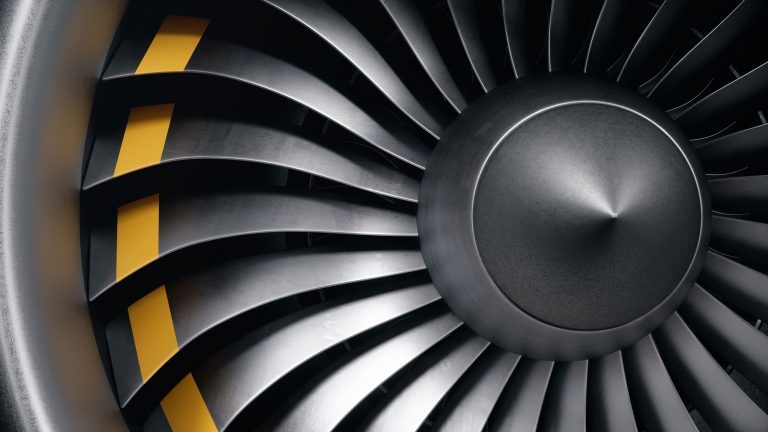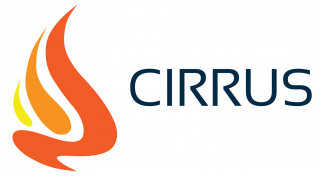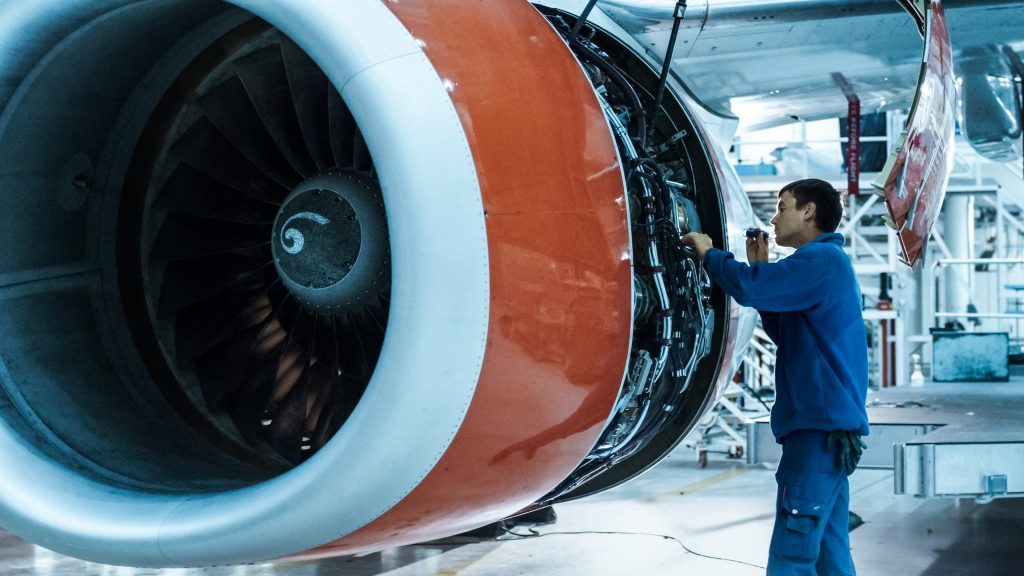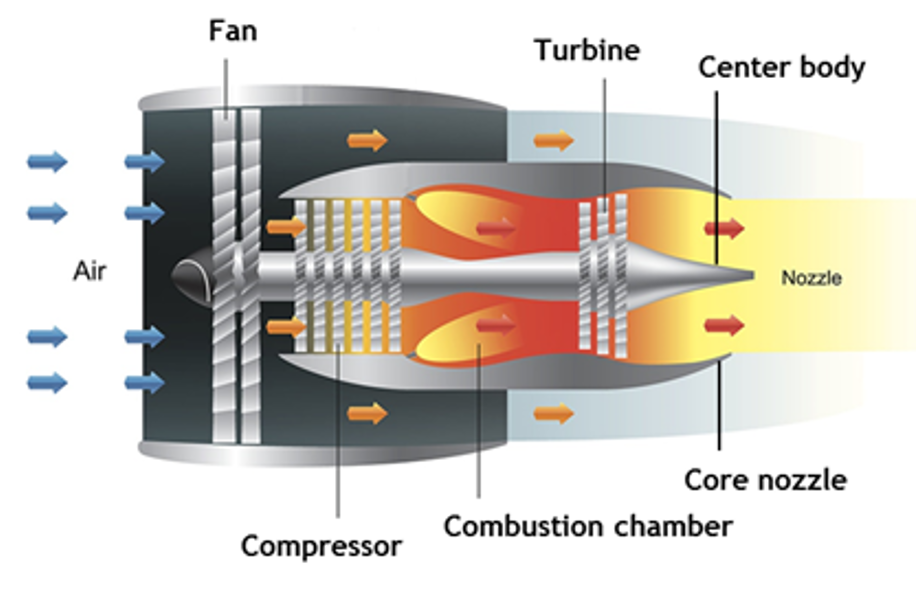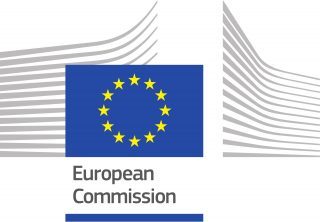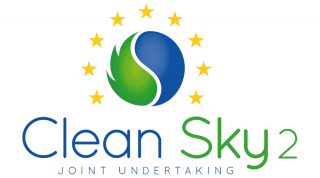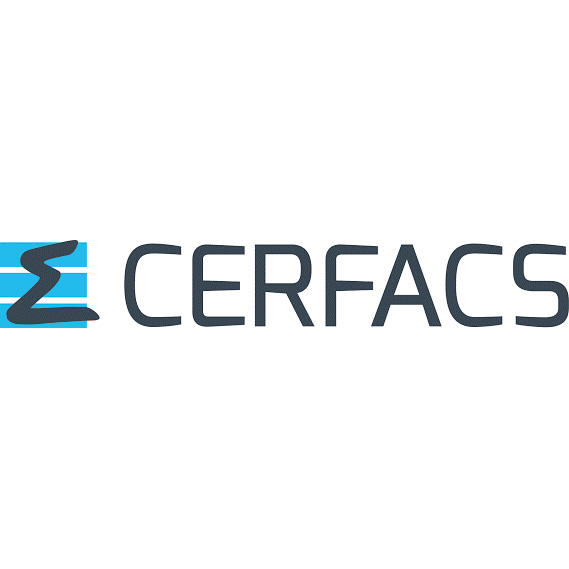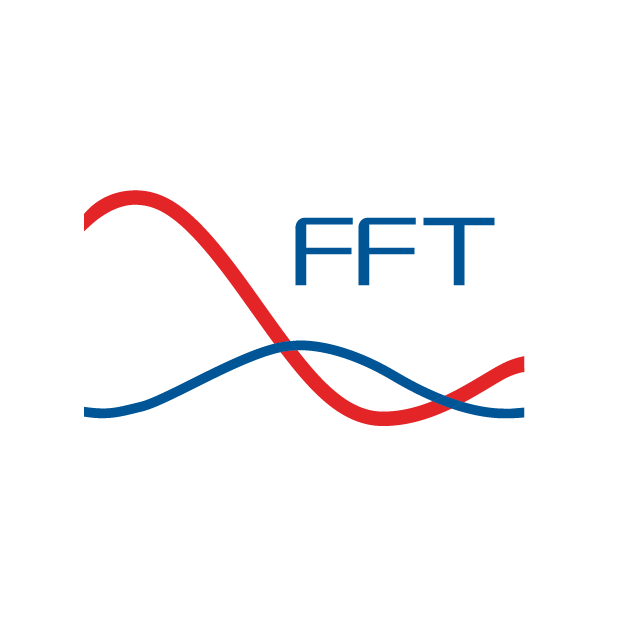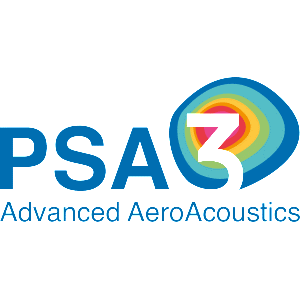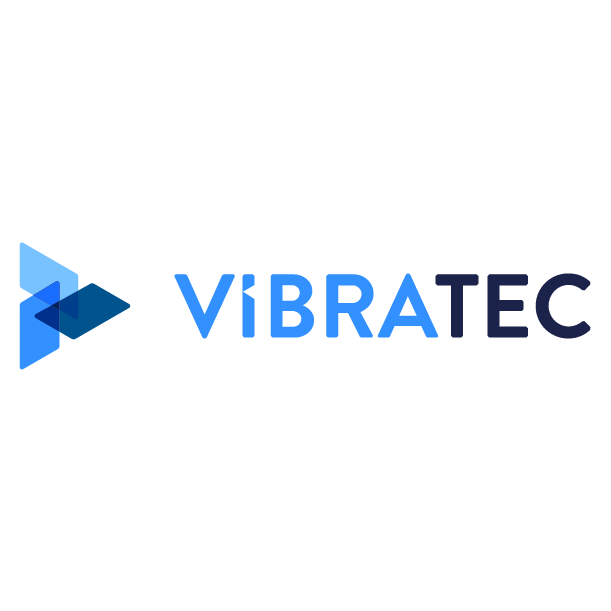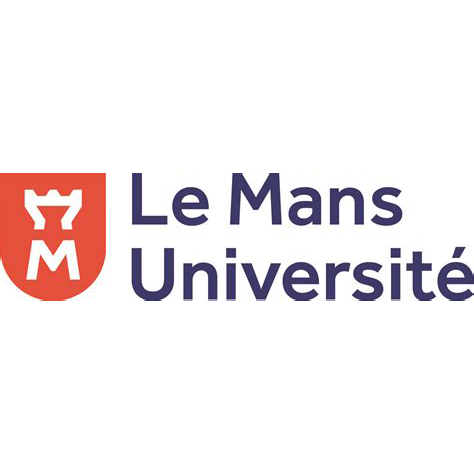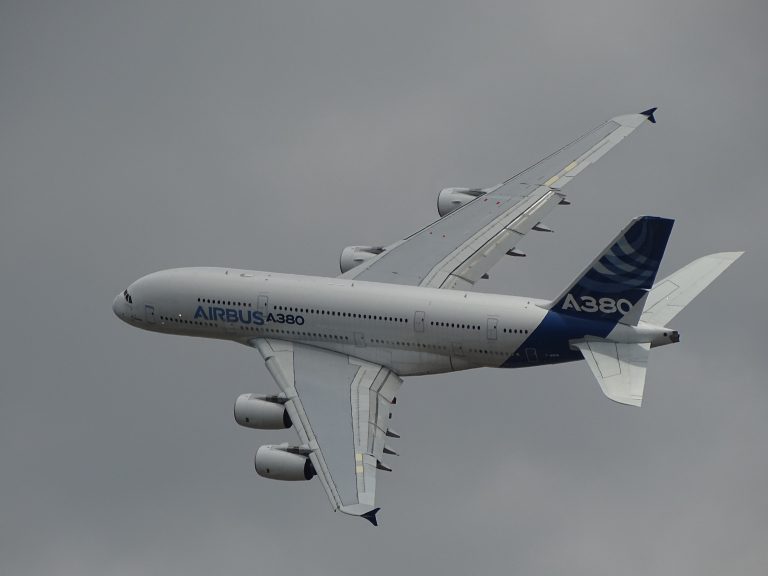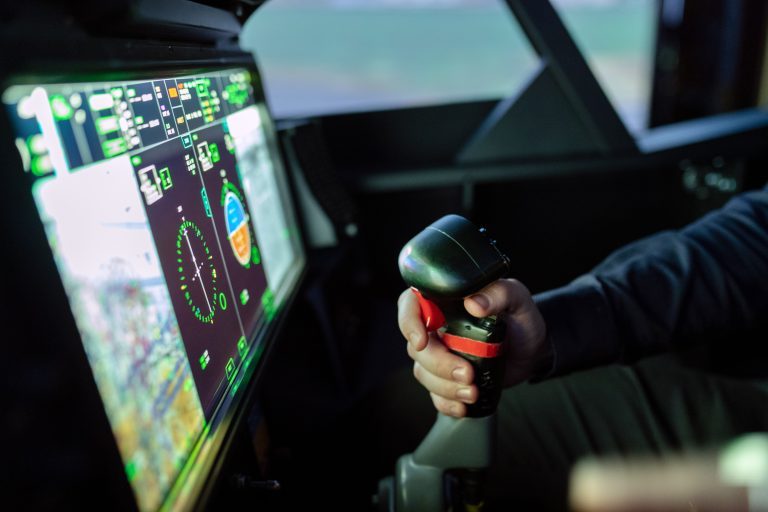Most commercial aircraft are powered by turbojet engines.
The current trend for future turbojet engines is towards even higher bypass ratios. These UHBR (Ultra-High Bypass Ratio) engines have large fans running at relatively low speeds. As a result of these lower speeds, fuel consumption can be reduced.
Another consequence is that the engine’s noise signature is modified. Engine and fan noise will be reduced; core noise will become more significant.
In this context, the CIRRUS project aims to validate advanced low-noise concepts by developing advanced numerical and experimental tools, in order to reduce the background noise of future UHBR 2030+ turbojet engines.

